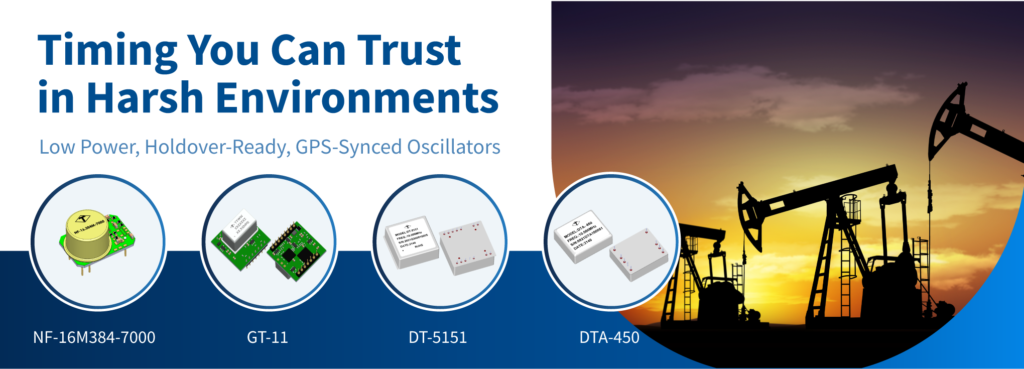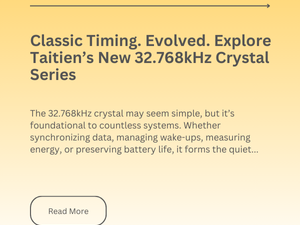 Overview
Overview
Seismic applications involve monitoring and analyzing ground movements and vibrations, typically caused by seismic activity like earthquakes or volcanic eruptions. These applications benefit greatly from the reference clock that offers low power consumption, high precision, GPS synchronization, and holdover capability.
A reference clock with low power consumption ensures efficient energy usage, crucial for remote or battery-powered seismic monitoring stations. Devices like the Ocean Bottom Node are typically battery-powered and designed for long-term deployment, making low power consumption essential in such scenarios.
High precision ensures accurate timing and data collection, essential for precise seismic event detection and analysis.
GPS synchronization further enhances accuracy by synchronizing the clock reference with satellite-based time signals, providing precise timing information regardless of location. This feature ensures consistency and reliability in seismic data recording and analysis across different monitoring stations. GPS-disciplined function integrated oscillators are beneficial for land-based or downhole drill-type seismic applications, as they can simplify the design of the device.
Holdover capability is vital for maintaining accurate timing in the event of GPS signal loss or disruptions, ensuring uninterrupted operation and reliable data recording during adverse conditions such as signal interference or temporary GPS outages. This is especially important for the long-term deployment of underwater applications.
Seismic Application
- Oil & Gas Exploration
- Earthquake monitoring & Prediction
- Mining & Resource Extraction
- Infrastructure & Construction
- Environmental & Geotechnical application
- Academic Research & Education
Features
Low Power Consumption
A reference clock with low power consumption ensures efficient energy usage, crucial for remote or battery-powered seismic monitoring stations. This feature extends the operational life of the equipment, reducing the need for frequent battery replacements or recharges, thereby enhancing monitoring efficiency.
High Precision
High precision in a reference clock guarantees accurate timing and data collection, which is essential for precise seismic event detection and analysis. Accurate timestamps support reliable data, improving the effectiveness and reliability of seismic analysis.
GPS Synchronization
GPS synchronization enhances accuracy by aligning the clock reference with satellite-based time signals, providing precise timing information regardless of location. This feature ensures consistency and reliability in seismic data recording and analysis across different monitoring stations.
Holdover Capability
Holdover capability maintains accurate timing in the event of GPS signal loss or disruptions, ensuring uninterrupted operation and reliable data recording during adverse conditions. This is vital during signal interference or temporary GPS outages.
Product Lineup for Seismic Applications
Taitien provides a comprehensive product lineup tailored for seismic applications, ensuring reliable and accurate timing solutions essential for monitoring ground movements and seismic events. Our product offerings include:
| PN | Type | Stability (Typ) | OTR | Size (mm) | Power | GPS Sync | Holdover |
|---|---|---|---|---|---|---|---|
| X3/XZ/XY/XX | Crystal | *±20ppm | -40~85°C | 1.65×1.25, 2.0×1.6, 2.5×2.0, 3.2×2.5 | N/A | N/A | N/A |
| OB/OA | Diff XO | ±20ppm | -40~85°C | 2.5×2.0, 3.2×2.5 | 35mA@3.3V LVDS, 68mA@3.3V PECL | N/A | N/A |
| TP/TW/TL/TT/TS | TCXO | ±200ppb | -40~85°C | 3.2×2.5, 5.0×3.2, 7.0×5.0 | 4mA@3.3V | N/A | N/A |
| NF-16M384-7000 / NF-10M-7000 | OCXO | ±50ppb | -10~50°C | 20.5×14 | 95mW (Steady State) | N/A | TBC |
| GT-11 | Module | **±75ppb 0~60°C | 25.4×25.4 | <0.6W | Yes | N/A | |
| DT-5151 | Module | ±0.1ppb -10~70°C | 50.8×50.8 | 2.55W (Steady State) | Yes | 1.5µs@24hr | |
| DTA-450 | Module | ±1ppb -10~70°C | 41×35 | 130mW (Steady State) | Yes | 1.5µs@24hr |
*Note: Consult us for tighter stability options
**Note: Stability refers to the TCXO inside the GT-11 module



